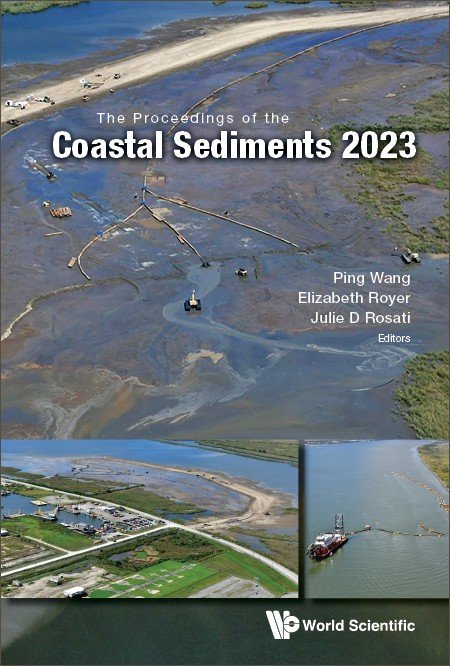RACE, RESISTANCE AND COASTAL PLANNING FOR CLIMATE CHANGE IN COASTAL LOUISIANA
Given its location, the Gulf Coast of Plaquemines Parish faces constant environmental threats and hazards. The parish is particularly vulnerable to tropical storm events, sea level increases, and rising temperatures. In addition, the early twentieth-century flood protection levees that were built along the Mississippi River have removed the natural sediment flows that are needed to replenish the wetlands and help reduce the subsidence of the Mississippi River Delta. This research builds on work in environmental planning and geography that examines the coastal environment as a means through which regional and racial formations are forged, particularly for African American communities in the U.S. coastal south. This work engages with emerging literature about how coastal science often reproduces racial inequalities in climate changed environments. It is in the context of this social geohistory that this paper considers the planned Mid-Barataria Sediment Diversion (slated to begin in early 2023) in Plaquemines parish to explore the relationship between coastal planning and marginality- past and present. At $8 billion, one of the most expensive, ambitious, and controversial proposals in Louisiana’s 50-year, $50 billion attempts to save the southern third of the state from disappearing into the Gulf of Mexico. However, the project is controversial among fishers who rely on shrimp, oysters, and finfish that are now harvested in the existing mix of fresh to saltwater. They contend that freshening the basin with river water will destroy their livelihoods and dilute the region’s rich culture and are mobilizing for resistance.
In the end, it is the same vulnerable and marginalized communities that have so long suffered because of racial and environmental injustice that stand to lose the most if the social costs of coastal planning in Louisiana are not sufficiently considered- as has historically been the case. In planning for land and population loss in Plaquemines, it is critical not to repeat past mistakes.


